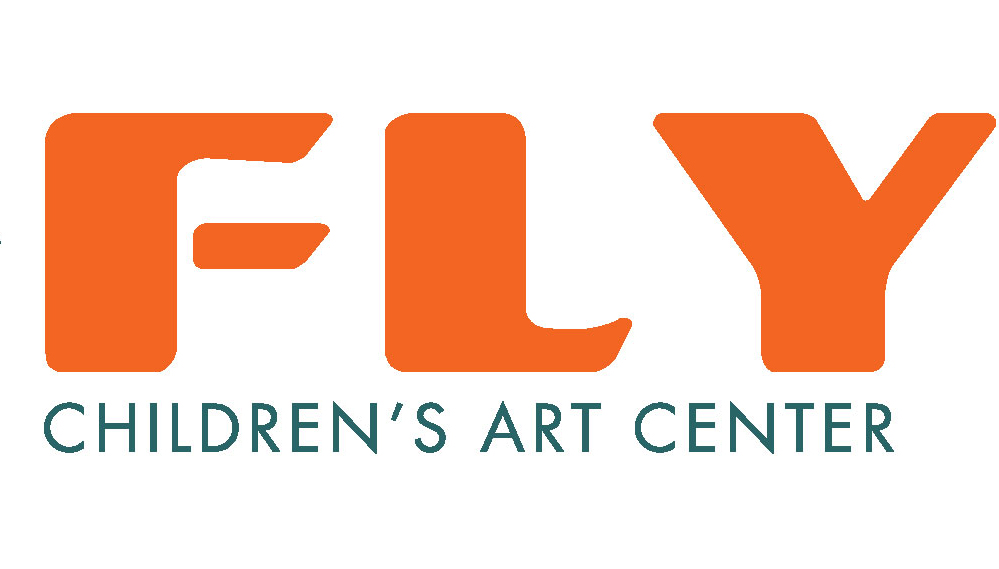- Our YCS @ Work interns did some experiments and then made a poster
- We took the sign to our event in Canton where families learned about Chromatography
- And other high school students from the big local High School shared what they learned from the YCS @ Work interns’ sign.
- And we were able to get the right amount of water thanks to the YCS @ Work Student’s experiments
- Hundreds of kids came and made butterflies, learning about color theory, pigments, and forensics
- Finally we were able to take the sign to Adams, Erickson, and YCS, so the YCS @ Work Interns’ work came full circle.
FLY is honored to have two stellar YCS @ Work
Chromatography is the process by which components that are in a solution separate due to their different properties of movement called mobile and static phases. Basically when chemicals (in this case the pigments in the marker ink) get pulled along through the paper, different pigments stop moving in different places, so the colors separate into stripes.
Brown, grey, and black markers work beautifully. They make blue, orange, pink, and black stripes. Purple markers make blue and hot-pink stripes. Some other markers are more boring because they contain less different pigments (red is pretty much just red!).
It can be used on paper as we do it in this project, but it has broader applications for finding sugar content in blood; lead or copper in water; or explosive materials in the air. It is used in forensics to figure out whether two pens are the same, among other things!
Thanks to Wikipedia and Science Olympiad for the background information.






